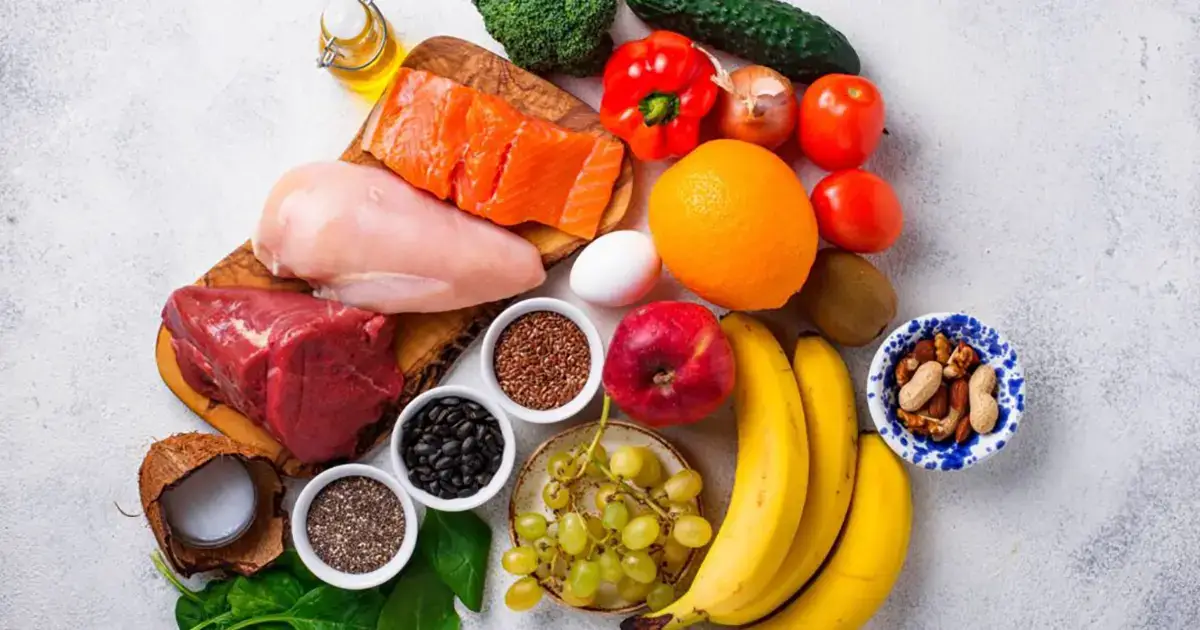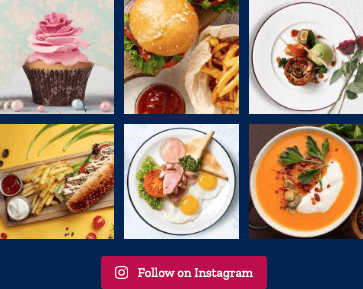
The Whole 30 diet has become a popular protocol in the wellness world due to its non-restrictive nature. Instead of counting calories and focusing on weight loss, you avoid foods that could be harming your health for 30 days. The goal is to restore people’s metabolism by eliminating dairy, sugar, alcohol, beans, legumes, and grains.
This diet is particular in that it addresses the emotional relationship you have with food by emphasizing habit changes. Whole 30 diet support groups even exist so you can check in every day of your journey with other people taking their health into their own hands.
What is the Whole 30 Diet?
It’s a 30-day food protocol that excludes certain inflammatory and harmful foods. However, you also refrain from eating “fake” treats like banana pancakes, even if they’re Whole30 ingredient-approved.
Ultimately, the point is to create a healthier, more wholesome relationship. And this is accomplished with food that acknowledges it is fuel for our system, not comfort. Here are all the details.
The No-No’s:
- No alcohol
- No smoking
- No grains
- No beans or legumes (chickpeas, peanut butter)
- No soy
- No dairy
- No sugar (honey, maple syrup, cane)
- No processed additives
The Yes’s:
- Meat (all animal protein)
- Fish
- Poultry
- Vegetables
- Fruits
- Fats
- Nuts
- Ghee
- Coffee
Benefits of the Whole 30 Diet
We know it seems extreme and difficult to exclude sugar and processed foods from the diet. After all, they are so easily accessible in the modern world we now live in. It’s intense, sure, but this diet is the ultimate detox to help you focus on whole, non-processed, easily digestible, healthy foods.
There are exceptional reasons for following this specific protocol. Here are some of the benefits you may enjoy during and after the 30 days!
- Help resolve digestive issues and improve bowel movements.
- Maintain a moderate weight.
- Improve health conditions like headaches, rashes, fatigue, etc.
- Clear up skin.
- Increase energy levels.
- Start getting better, more rejuvenating sleep.
- Increase workout outputs.
- Improve training efficiency for better workouts.
- Better understanding of what foods your body rejects after the diet (usually it’s cheese and bread).
- Reduce your emotional dependence on food.
Tips to Keep From Slipping
1. Get a Friend to Join You
Do the challenge with a friend who’s just as excited and willing to take the diet protocol seriously. Maybe you can even plan weekly grocery, meal prep, and cooking dates. The point is to get creative together and keep the momentum alive when you hit the middle of week two.
2. Get a Physical Calendar to Count Down & Celebrate Each Day
C’mon, thirty days isn’t that intimidating, is it? Once the time is up you can go back to eating as you regularly did—but the point is your body may not want to anymore.
There’s something about checking things off lists that brings deep satisfaction. In this case, every day you complete the challenge is a ginormous accomplishment. Calendars will help you keep going. You can also easily see how many days you have left. This will make the changes you’re implementing seem less overwhelming.
3. Stick to the Plan with Zero Slip-ups by Reading the Book
The Whole 30 book outlines the why behind what you’re doing, which your brain really thrives off. There will be times when you forget why you’re following such a silly diet. The co-founders recommend starting over if you slip up. The point is to do the entire 30 days without smoking, drinking, sugar, dairy, or grains. And of course, all the other no-nos to give your body and mind a complete reset.
4. Prep In Advance & Keep It Simple
The majority of people who start diets or food protocols psyche themselves out by over-complicating things. The key to implementing and sticking with the changes of the Whole30 diet is to have your meals planned before you even begin.
Clear out your kitchen of anything that would slip you up. Have your grocery lists made and then stack your pantry with all the healthy food you’ll be preparing. Here’s a Whole 30 shopping list to get you started! Pick a couple of easy recipes to prevent overwhelming yourself with all the more elaborate recipes.
You may also enjoy reading: Benefits of a Summer Juice Cleanse













Leave a Reply